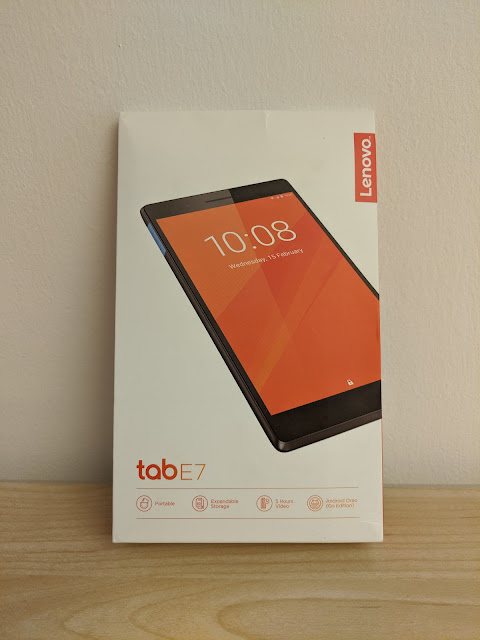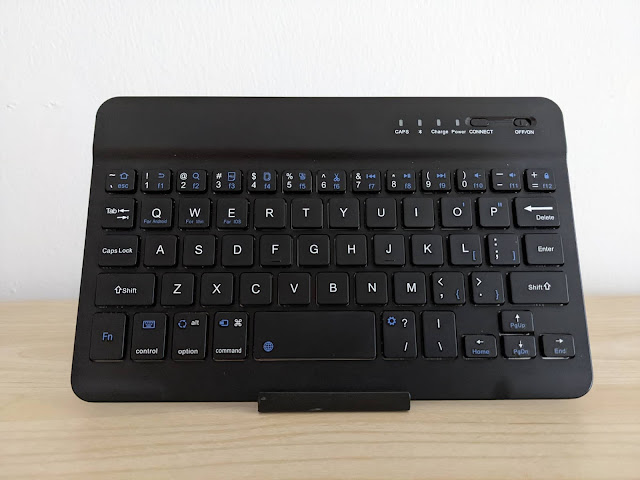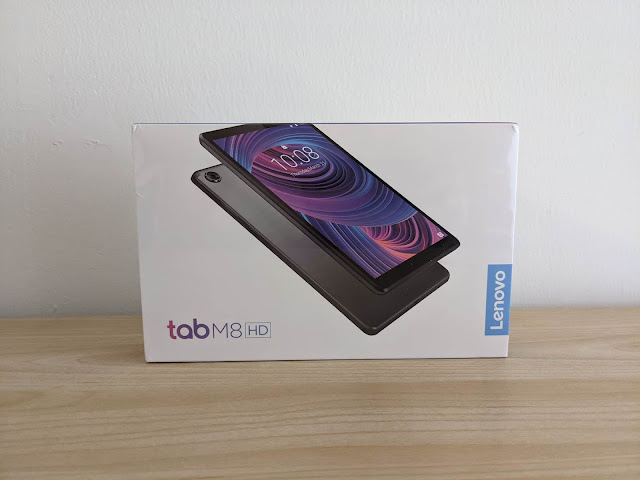My Lenovo Tab E7 Tablet 5 Months Later
It’s been five months since I bought a Lenovo Tab E7 Android Go tablet. My main motivation was I always loved the 7” slate form factor. Now I have much more experience with the device and what’s best for, how are things going?
System and performance
Performance is still more than adequate, with a caveat.
Although the tablet boots up reasonably quickly, it’s still laggy for some time after the lock screen shows up. Given the limited hardware resources, the device needs time to start up all system services and the built-in bloatware, as well as caching enough key apps and executable modules. A workaround is not to use the device for at least 5-10 minutes after powering it up so that the lag can settle.
Despite being a low-end, cheap device released two years ago, the Tab E7 continues receiving system updates. As I write this in early April 2020, I have Android Go 8.1 with 28 Feb 2020 baseband and 5 Feb 2020 security patch.
I occasionally get updates to Lenovo’s pre-installed software, not all of which are good.
Use cases
I’m still using the tablet for the tasks I originally envisioned, such as reading and learning about Android.
The tablet makes for a good ebook reading device I use mostly with the Google Play Books app. Screen quality is good enough and doesn’t strain eyesight, at least for short to medium reading sessions.
The 7” screen affords an unexpected amount of reading area with enough leeway for adjusting a range of text properties, such as font size and line spacing. By tweaking these options I can fit more text on the page while maintaining a comfortable experience.
This setup works well also for technical books, where the screen can accommodate sufficiently long lines of source code in monospace font with little wrapping.
How well this works in practice depends on how much attention publishers and authors put into formatting their works in the re-flowable ebook formats ePub and Mobi. Some publishers, like Packt, do a poor job. The monospace fonts in their books are too large and code blocks are too narrow, which wraps most code lines.
Another way of using the tablet I’m discovering is enjoying the web on a mobile screen larger than a smartphone’s. Responsive websites provide layouts that take advantage of the additional space to show more content or page elements.
Viewing websites on a large mobile screen is useful also for checking what my websites and online properties look like on a range of devices.



